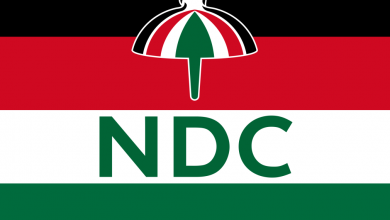Solve galamsey now or risk defeat in 2028 – Tony Aidoo to Mahama

Dr. Tony Aidoo, former Senior Presidential Aide and Head of the Policy Evaluation and Oversight Unit under the late President John Evans Atta Mills, has issued a stern warning to the current NDC administration led by President John Dramani Mahama to address illegal mining urgently or face possible electoral defeat in 2028.
Speaking in an interview on Joy News on Thursday, July 17, Dr. Aidoo emphasized that Ghanaians would not tolerate inaction on campaign promises, particularly on the fight against galamsey, which continues to destroy farmlands, pollute water bodies, and threaten livelihoods across the country.
“If the goodwill that the people of Ghana gave the NDC is going to be dissipated, it will be due to inaction on galamsey and corruption issues. If the government is unable to solve the galamsey issue, I will be disappointed because it was an electoral promise, and you cannot take Ghanaians for a ride,” he stated.
Drawing a contrast with the previous New Patriotic Party (NPP) government, Dr. Aidoo criticised former President Nana Akufo-Addo for his perceived lack of commitment to tackling illegal mining. He urged President Mahama not to repeat the same mistakes.
“Akufo-Addo didn’t care, so President Mahama must not think that Ghanaians do not care about the fight. If he doesn’t solve the galamsey issues, the Ghanaian people will vote the NDC government out in 2028,” he warned.
Dr. Aidoo further argued that the government has sufficient time to act decisively on the matter.
“Six months is long enough to solve galamsey. The Blue Water Guards and the GoldBoard Taskforce are commendable policies, but he should stop the galamsey,” he added.










